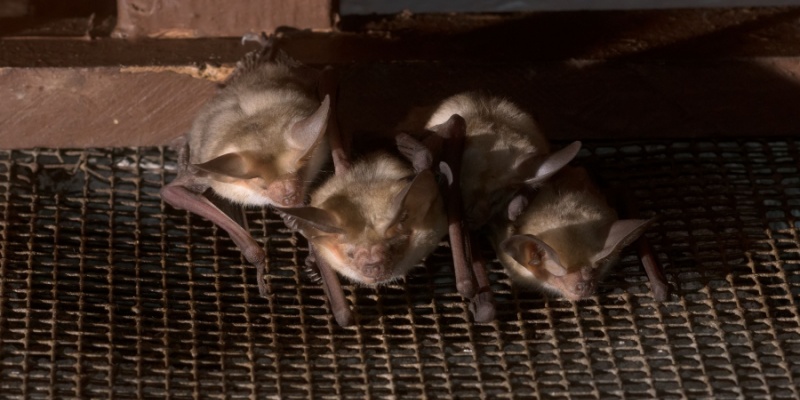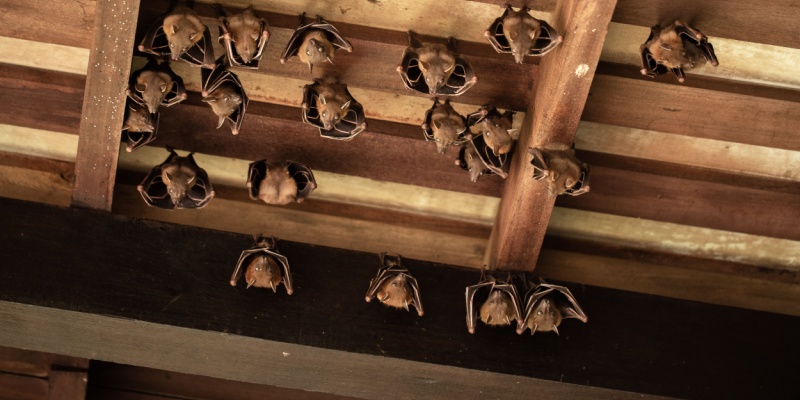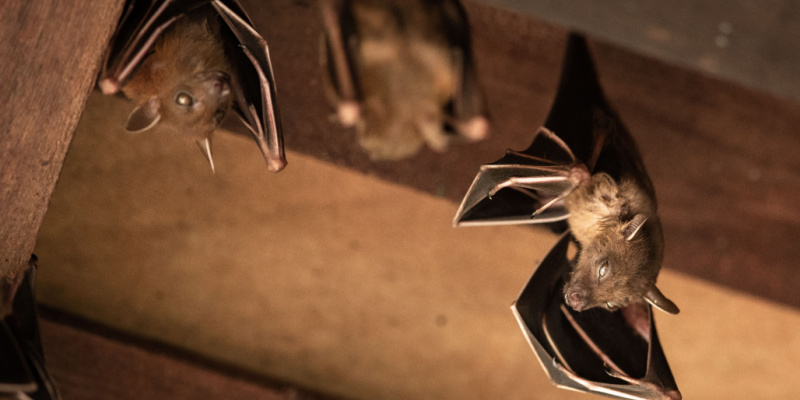Bats are indeed a common issue for homeowners in Northern Kentucky. The region’s climate and abundance of insects create an ideal habitat for various bat species. Understanding the prevalence and potential problems associated with bats is crucial for homeowners.
Bat Behavior and Habitat
Bats are nocturnal creatures that play a significant role in controlling insect populations. They often roost in caves, trees, and, unfortunately, human structures like attics, barns, and sheds. Northern Kentucky’s environment provides ample roosting sites and food sources, making it a prime area for bat activity.
Common Bat Species
Several bat species are commonly found in Northern Kentucky, including the Little Brown Bat, Big Brown Bat, and the Evening Bat. These species frequently seek shelter in attics and other parts of homes, especially during breeding season or when looking for hibernation sites.
Signs of Bat Infestation
Homeowners should be aware of several signs indicating a bat infestation:
- Noises: High-pitched squeaks and rustling sounds at dusk or dawn.
- Droppings: Bat guano, which is small, dark, and crumbly, often found near entry points.
- Odors: A strong, musty smell from accumulated guano and urine.
- Stains: Grease marks around entry points from bats squeezing through tight spaces.
- Sightings: Bats flying around your home at dusk.
Health Risks
Bats can pose several health risks. While they play a crucial role in ecosystems by controlling insect populations, they can also carry diseases such as rabies. Additionally, bat droppings can harbor histoplasmosis, a fungal infection affecting the lungs. It’s essential to address bat infestations promptly to mitigate these health risks.
Property Damage
Beyond health concerns, bats can cause significant property damage. Their droppings can corrode building materials and create unsanitary conditions. Bats can also gnaw on insulation and wiring, leading to potential fire hazards and increased maintenance costs.
Preventive Measures
Preventing bat infestations involves several proactive steps:
- Sealing Entry Points: Inspect your home for gaps and openings, especially around the roofline, vents, and eaves. Sealing these entry points can prevent bats from entering your home.
- Installing Screens: Use screens on vents and chimneys to block potential access points.
- Trimming Trees: Keep tree branches trimmed away from your house to reduce bat access to the roof.
- Outdoor Lighting: Bright lights can deter bats from roosting near your home. Consider installing outdoor lighting strategically to discourage bat activity.
Professional Bat Control
When dealing with a bat infestation, professional pest control services are essential. Experts can safely and humanely remove bats from your property. Their services typically include:
- Inspection: A thorough assessment to confirm the presence of bats and identify entry points.
- Exclusion: Using exclusion devices that allow bats to leave but not return.
- Sealing: Sealing entry points after bats have been excluded.
- Advice: Providing tips and recommendations to prevent future infestations.
Bats are a common problem for homeowners in Northern Kentucky due to the region’s favorable conditions for their habitation. Recognizing the signs of an infestation, understanding the health risks and property damage they can cause, and taking preventive measures are crucial steps in managing bat issues. For effective and humane removal, seeking professional pest control services is the best approach. By addressing bat infestations promptly and implementing preventive strategies, homeowners can ensure their properties remain safe and bat-free.


